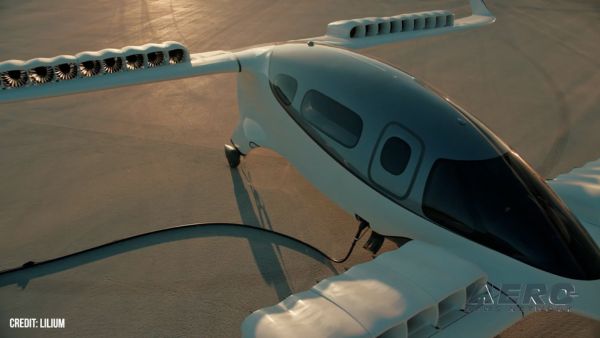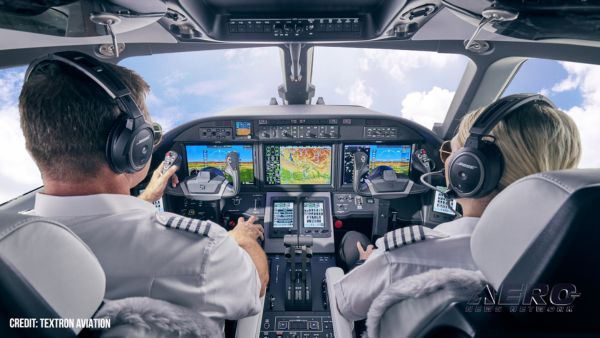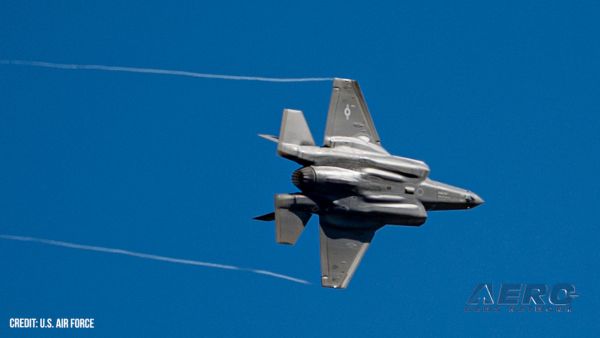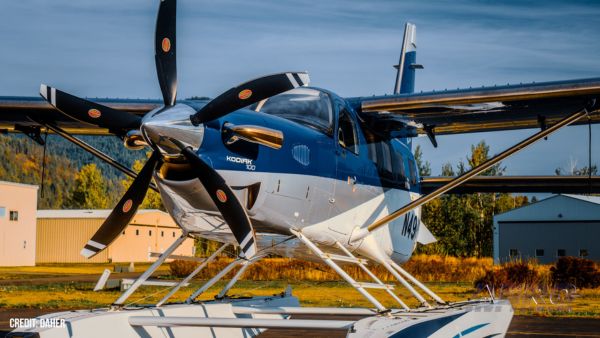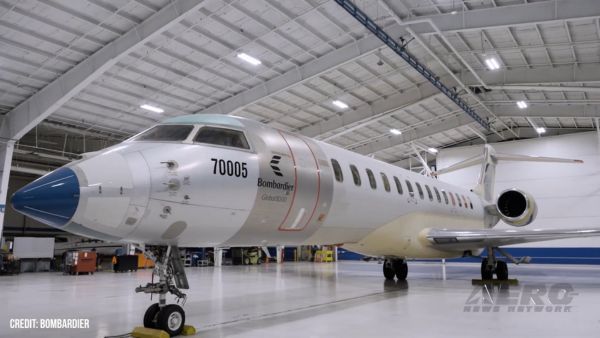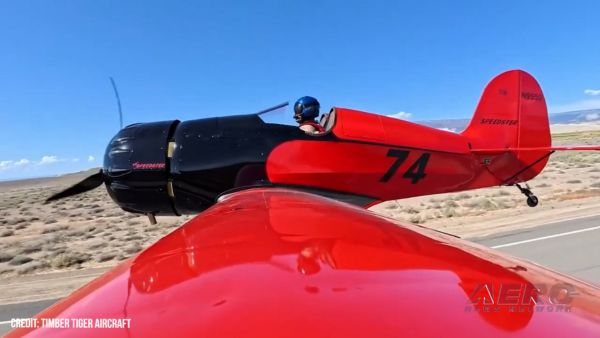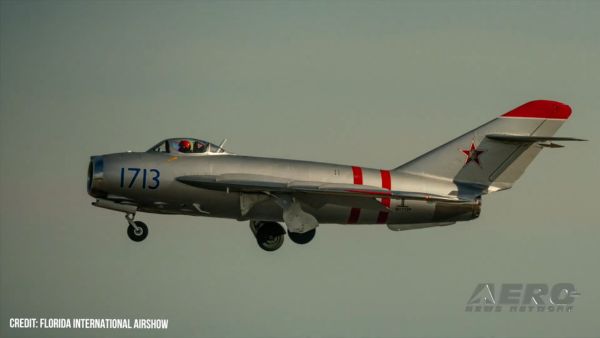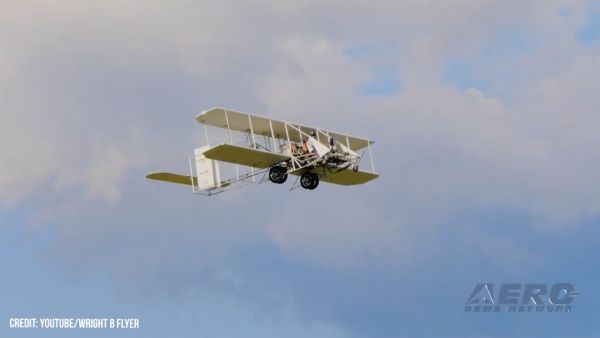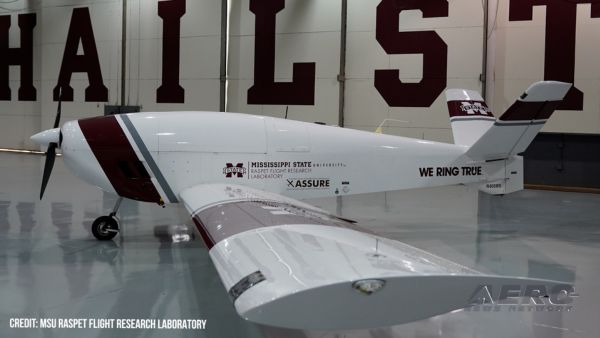A Year Later, The American Space Program Seeks Definition After The Shuttle Era
It was just a year ago... and the dream was nearly over. After decades of watching American ingenuity and perseverance launch hundreds of people into space, we were about to relegate our last manned launch system to the scrap heap of history... with no real way to know when that capability might someday be restored -- if ever.
It was STS-134... the last flight of Endeavour.
The STS-134 mission was crewed by Commander Mark Kelly, Pilot Gregory H. Johnson and Mission Specialists Michael Fincke, Greg Chamitoff, Andrew Feustel and European Space Agency astronaut Roberto Vittori.
During the 14-day mission, Endeavour delivered the Alpha Magnetic Spectrometer-2 (AMS), a particle physics detector designed to operate from the station and search for various types of unusual matter. Also onboard for delivery were station spare parts on the ExPRESS Logistics Carrier 3 (ELC3), including two S-band communications antennas, a high-pressure gas tank, an ammonia tank assembly, circuit breaker boxes, a Canadarm2 computer and a spare arm for the Dextre robot. The ELC3 also houses a suite of Department of Defense (DoD) experiments that will test systems and materials concepts for long duration spaceflight in low Earth orbit. STS-134 included four spacewalks that focused on station maintenance, experiment swap out and transferring Endeavour’s orbiter boom sensor system (OBSS) to the station. The crew left the boom as a permanent fixture to aid future station spacewalk work, if needed.
This mission featured four spacewalks and utilized and orbital inclination of 51.6 degrees at an altitude of 22 nautical miles. It was the 36th shuttle mission to the International Space Station and the 134th shuttle flight.
Copyright 2012, Aero-News Network, Inc., All Rights Reserved.
FMI: www.nasa.gov, www.aero-tv.net, www.youtube.com/aerotvnetwork, http://twitter.com/AeroNews




